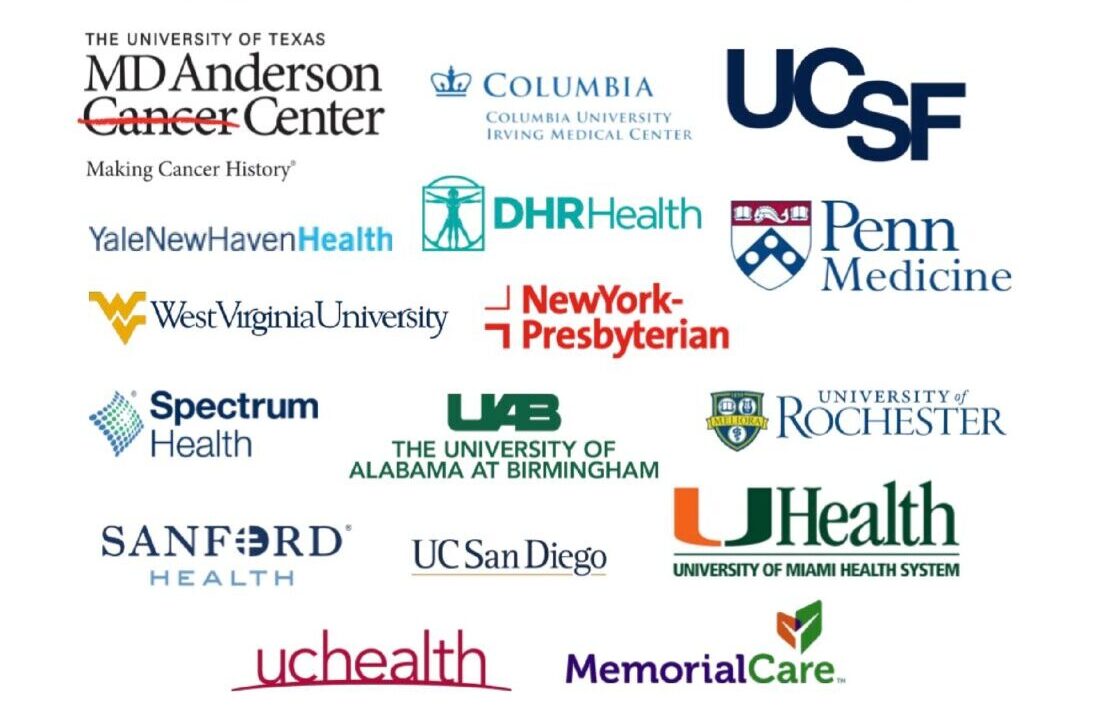To refresh your memory, EHR-to-EDC integration, also known as EHR eSource, is the process of combining electronic health records (EHR) with electronic data capture (EDC) systems to improve data accuracy, workflow efficiency, and overall decision-making during clinical trials.
Our award-winning EHR to EDC eSource solution, OpenClinica Unite™, enables you to get EHR data into your study database with a single click. There are three primary benefits to eSource:
- Eliminating high-risk manual data entry and obtaining higher quality data that is cleaner and more complete.
- Reducing the costly practice of 100 percent SDV and monitoring effort.
- Easing site burden, increasing site compliance and getting study data faster.
OpenClinica Unite Network: Connecting EHR Patient Data to EDC Trial Data
The OpenClinica Unite EHR-to-EDC network is robust and growing. There currently are 17 major health systems with 1,000+ locations/clinical sites. We are adding about one to two new systems per month and are initiating our global expansion. Here are some of the health systems that trust Unite:

How to Know You’re Ready for EHR-to-EDC Integration
In short, the ideal time to transition to an EHR-to-EDC system is when you want to streamline data collection in a clinical trial by directly transferring patient data from their EHR to the clinical trial data. It’s especially well-suited to studies where capturing real-time data from routine clinical practice is crucial. Clinical trials using eSource benefit from quicker data collection and analysis and reduced need for additional data collection procedures and personnel.
There are five key indicators that you’re ready for eSource EHR integration:
1. High volume of patient data collection
When a clinical trial requires capturing a large amount of patient data from various sources within the EHR, transferring it directly to EDC can significantly reduce data entry time and errors.
2. Need for real-time data access
If the trial design necessitates immediate access to patient data as it is generated in the EHR, eSource integration allows for near-real time data updates in the EDC system.
3. Minimizing data discrepancies
Integrating data directly from the EHR reduces the risk of discrepancies arising from manual data entry, enhancing data integrity and accuracy. Minimizing data entry also reduces CRC burnout and improves site satisfaction.
4. Complex study designs
For trials with intricate data collection protocols or multiple data points, EHR-to-EDC integration can simplify the process by automatically transferring relevant information.
5. Patient privacy concerns
Depending on the study design, integrating eSource data can help protect patient privacy by limiting the amount of data that needs to be manually handled by clinical staff.
Ready to choose an eSource solution? There are nine essential questions to ask, including:
- How complex is implementation and how long does it typically take?
- What results have been achieved with other clinical trial clients?
To read all nine questions, click here.

